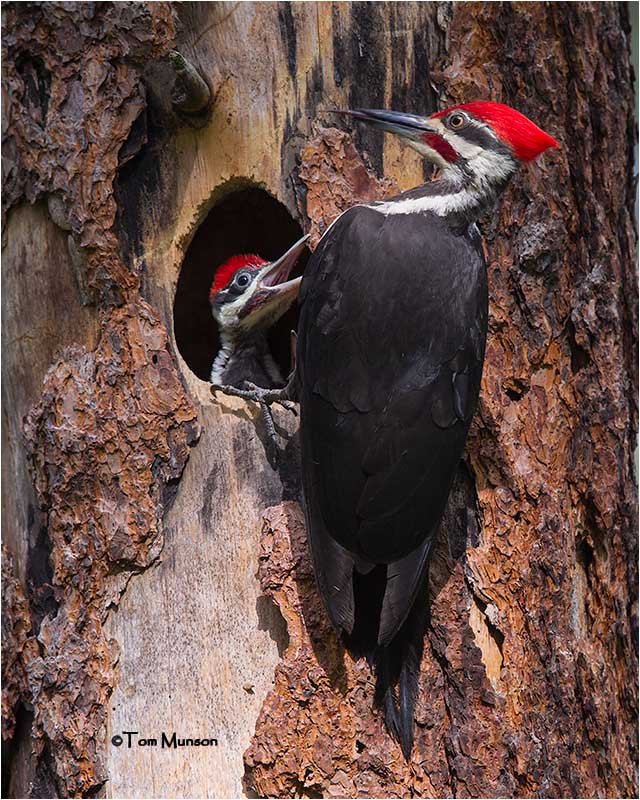Single parenting and black-chinned hummingbirds. Archilochus alexandri.
Mesmerized by his moves, she watched from a branch as he ascended 100 feet above her, plunged earthward, and then moved quickly from side-to-side in a U-shaped pattern. The sun caught his shimmering green crown, back, and sides and the iridescent purple strip at the base of his black velvet chin. Like her, he had a white spot behind his eye. He was the one for her. And for several more female black-chinned hummingbirds…
Female hummingbirds parent alone. The male courts the female, invests his seed, and then seeks other available females. This type of breeding strategy evolves in species when there is no advantage in the male remaining to raise the young and she can find enough food without help.
After mating she takes on all the domestic duties: building the tiny nest of plant down and spider silk, incubating two smaller-than-jelly bean eggs for two weeks, then feeding plant nectar and small insects to the growing hatchlings for three more weeks. During cold spells she needs to eat three times her 3.5 gram body weight—less than three paper clips-worth—to stay alive.
Black chinned hummingbirds are one of the three hummingbird species that breed in eastern Washington. Calliope and rufous are the others who spend some time in our area. Black-chinned hummers are one of the most adaptable hummingbirds, able to live in a variety of western US habitats from southern British Columbia to Central Texas. They head south to winter along the coast in Mexico.
My IBirdPro app lists the following names for groups of hummingbirds: bouquet, glittering, hover, shimmer, and tune. I’ll be patient to “tune” into these bird “bouquets” next spring and she may be back too looking for the one.
Original in Spokane Audubon Society Newsletter, November 2017
